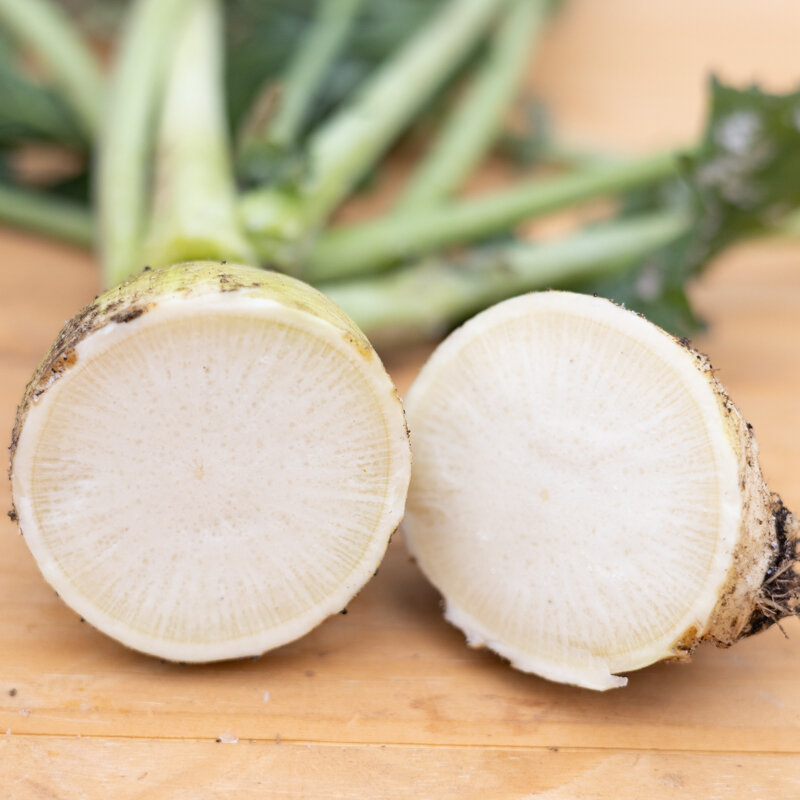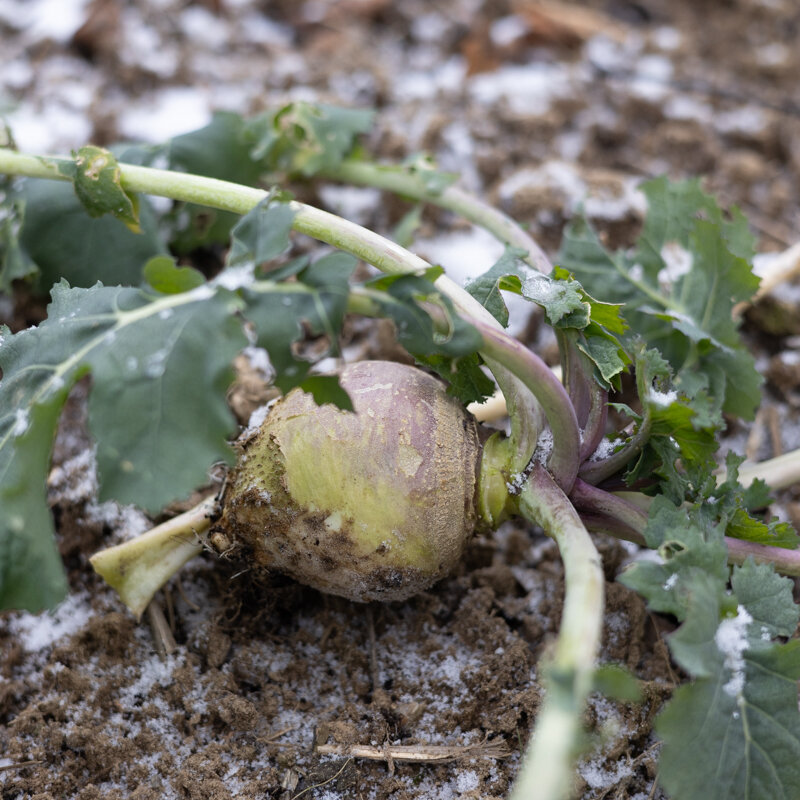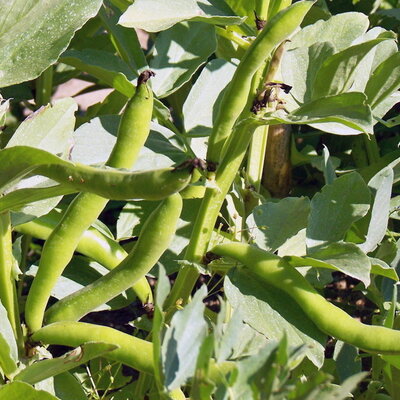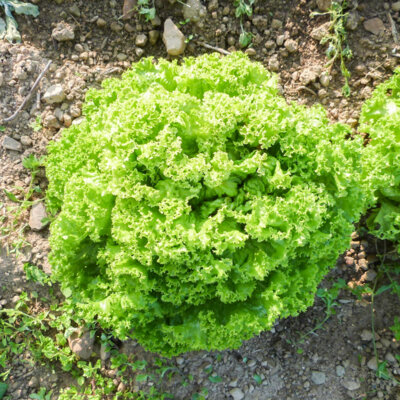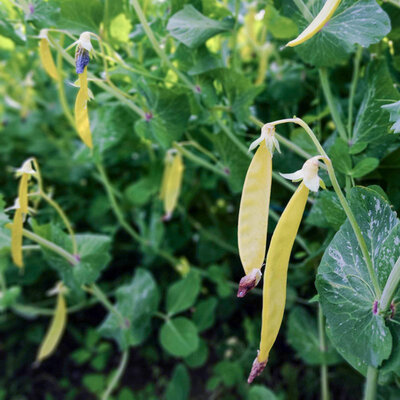Gilfeather - Turnip
This unique, ancient variety produces elongated roots with white flesh, somewhere between a turnip and a rutabaga, offering a soft texture and sweet flavor. The leaves and flowers resemble those of the rutabaga, while the rootstock resembles that of the turnip.
These products may also be of interest to you
in the ground, online
Sow lightly, directly in place, after the last frosts, in rows 25-30 cm apart. Cover seeds lightly, press down and keep soil cool. Thin to 10 cm when plants have 5 to 6 leaves.
Turnips don't like drought. Regular watering is therefore recommended. Roots that will be kept for the winter should be harvested before the first frost and stored in a cellar. They can also be left in the garden, protected from frost, but beware of pests.
June, July, August, September
August, September, October, November, December
in the ground
semi-shade, sunny
medium
humus
fees, wet, rich
Brassica rapa
mid-season
From 800 to 1000 g
500 seeds
From 7 to 8 cm
flat
crunchy
Light green
From 60 to 100 cm
From 15 to 20 cm
United States
1890
This ancient variety is in fact a relatively uncommon interspecific cross between a "brassica rapa" turnip and a "brassica napus" rutabaga, which was stabilized in Vermont by John Gilfeather at the end of the 19th century.
John Gilfeathe



